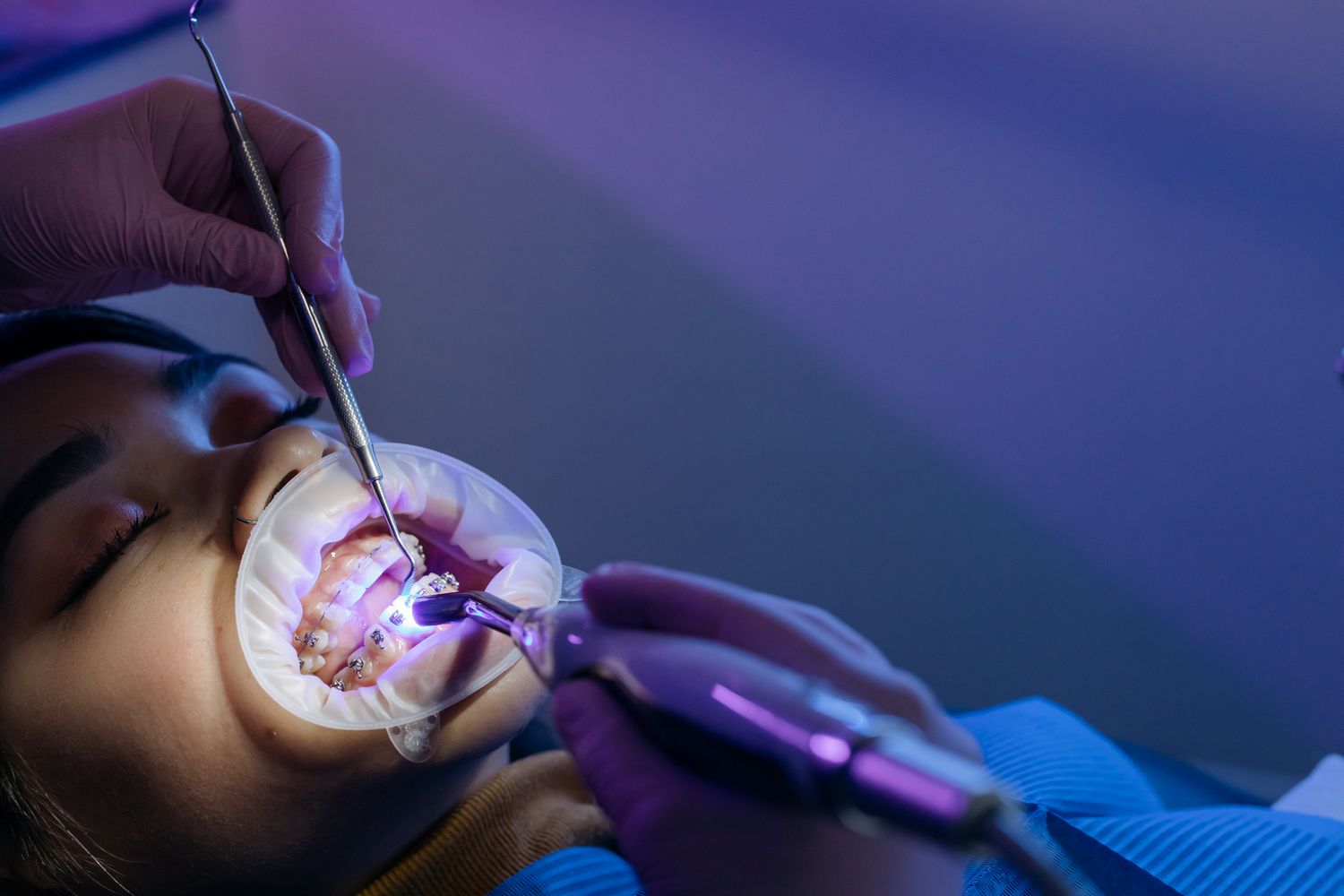
Physical therapists and physical therapy programs
Ostania aktualizacja 30 January 2023
Physiotherapists and physical therapy programs are one of the most popular areas of clinical medicine. The popularity of physiotherapeutic techniques results from their high availability and a wide range of applications, both in treatment and in supporting the regeneration of the body after diseases. Optimizing the health care system in terms of physical therapy requires continuous training of specialists. A variety of courses for physiotherapists update your knowledge and skills in the face of changing professional standards.
Physiotherapist course – Theory and Practice
As part of the Physiotherapist course, experts gain in-depth knowledge of modern physiotherapy techniques and methods, as well as innovative technologies, software, automated systems and the latest legal practices in the field of medicine. The main requirement for specialists in the profession of physiotherapist is to provide patients with high-quality medical care based on theoretical knowledge and practical skills. Advanced training at all stages of his practical activity, taking into account the profile of the institution in which he works.
- https://businesstobusiness.com.pl/fizjoterapia-co-warto-wiedziec/
- https://www.viasudetica.pl/frankowicze-jaka-kancelaria-prawna-najlepiej-poradzi-sobie-w-sadzie/
- https://www.bojadla.edu.pl/co-zalozyc-tej-wiosny-najmodniejsze-kolory-na-rok-2019/
The development of theoretical and practical physiotherapy requires constant updating of knowledge and training of physiotherapists in all fields of physiotherapy. The Physiotherapist course complements the current curriculum and acquires new skills needed to perform professional activities. In order to provide qualified medical care at every stage, not only in diagnosis and treatment, but also in the educational program of physiotherapist training, it is necessary to unify and develop a uniform approach.
- krematorium-zwierzat.com.pl/kremacja-zwierzat-pila/
- sklep-kosmetyczny.com
- adwokat-prawnik.eu/252/adwokat-bydgoszcz
The effect of the training is to increase the professional competence of physiotherapists to independently perform professional activities within the framework of their qualifications. The content of the program is built in accordance with the principle of modularity. Each part of the module is divided into topics, and each topic into components.
The purpose of the professional development program during the physiotherapist program:
-
-
- Raising the professional competences of physiotherapists necessary to perform various professional activities within the scope of their qualifications.
- Enabling physiotherapists to gain and consolidate knowledge in the field of treating patients with various diseases with physiotherapeutic methods using modern technologies.
-
Physiotherapy – Advanced Training
Physiotherapy uses a variety of techniques to treat disorders of the nervous system, musculoskeletal system, circulatory system, and respiratory system. Physiotherapy is recommended in the case of chronic diseases, congenital defects of the musculoskeletal or nervous system, and after injuries and surgeries. Usually, the doctor prescribes the treatment, but it is performed by the physiotherapist. Therefore, he must know the characteristics of each program and be able to use special equipment. The Physiotherapist program equips you with modern theoretical knowledge and practical skills needed for work, improving qualifications and professionalism.
Physiotherapy treatments are a wide range of medical services including: various massage techniques, physiotherapy exercises, exposure to heat and cold and electromagnetic therapy. It turns out that physical therapy methods are methods that do not affect the body with drugs. The obligation to conduct therapy rests with the physiotherapist, who must constantly renew the specialist certificate by completing advanced training. In this way, the work is always at a high professional level, taking into account all the innovations that are constantly updated in physiotherapy.
Are medications more effective than physiotherapy?
In fact, the use of physiotherapeutic measures can reduce the treatment time by 1.5-2 times, stop the further progression of a chronic disease and reduce the frequency of relapses. Thanks to physiotherapy, the body’s recovery is much more complete than with drugs alone. After all, physiotherapeutic methods stimulate the body’s protective and compensatory forces, as well as its natural mechanisms of self-cleaning, self-healing and regeneration. Therefore, comprehensive treatment with physical means helps to quickly remove toxins, erase the energy and information traces of the disease, increase the supply of oxygen and nutrients to the tissues, renew cells, normalize the work of the endocrine glands and the nervous system. when the acute phase of the disease is over. After this time, the main treatment is physiotherapy. In addition, it not only complements the intake of medications, but it often enhances their effects, allowing the dose of the drug to be reduced and the likelihood of side effects to decrease. After completing the physiotherapist’s course, the appropriate method for a particular patient can be applied.
It happens that physical therapy methods do not bring the desired results. There can be many reasons. An important role may be played by the severity of the disease itself, the patient’s resistance to the type of EMF being treated, or poorly selected exposure parameters. It is in the interest of the patient to try different methods of physiotherapy in different situations. It wasn’t as good as saying his suspicions would finally explode. There is a slow and persistent pathological process that makes it difficult to respond to any treatment, including physical therapy. However, another disease appears – physiotherapy will please you with good and quick results.






